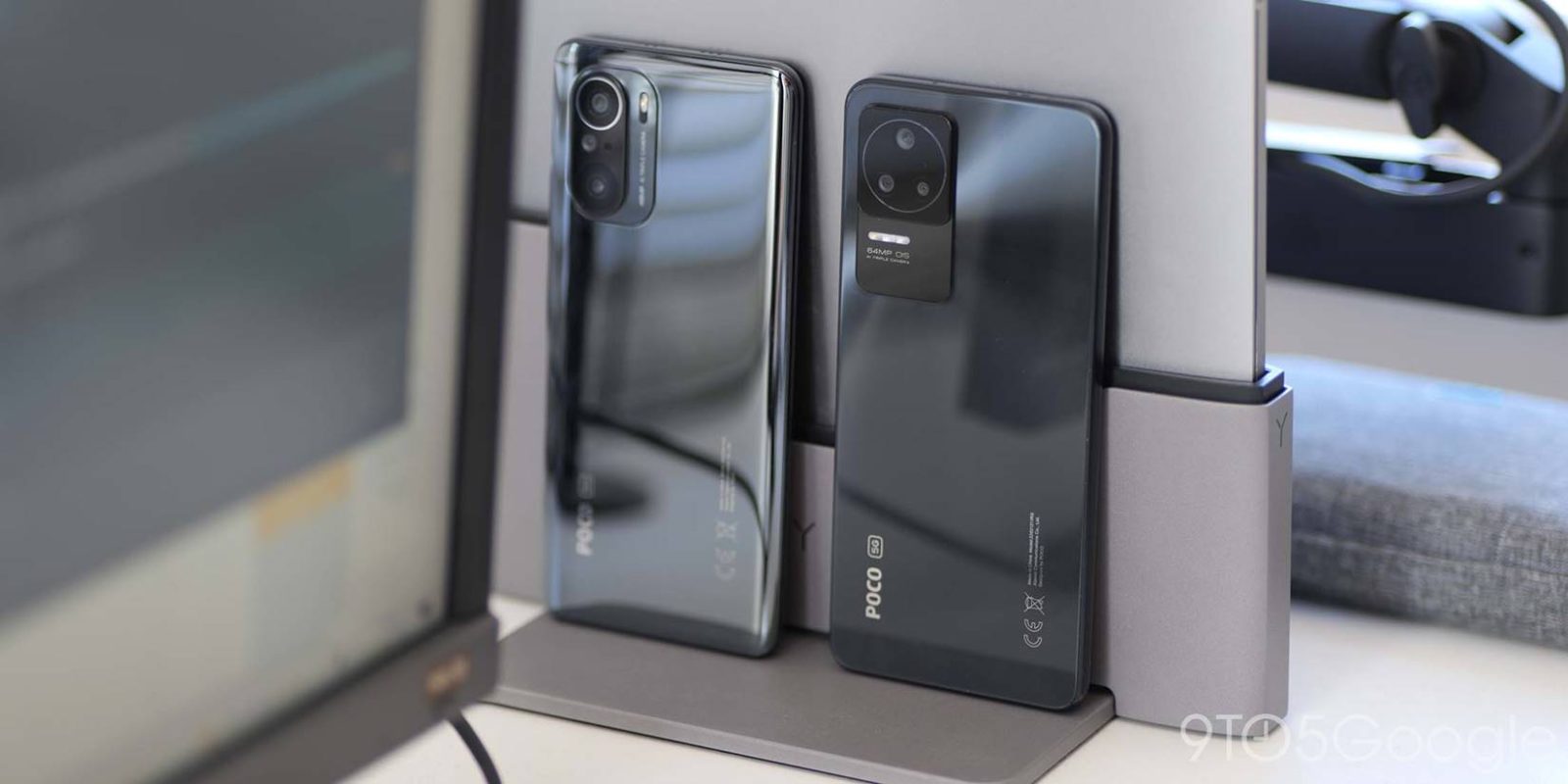
The Poco F3 was easily one of the best Android phones of 2021, but now Xiaomi has followed up with the Poco F4. What’s new, and is it worth the upgrade over one of the best budget flagship devices in recent years?
Although not available in every global market, Xiaomi devices such as the Poco F3 and Poco F4 offer the perfect mix of hardware and internal specifications for most people. When wallets are being squeezed across the planet, high-quality Android phones without the high-end price are more than welcome. If you are wondering if the newest entrant into the Pocophone series is any better than the previous model, then here’s everything you need to know.
Video — Poco F3 vs. Poco F4: What’s new?
For more video content subscribe to 9to5Google on YouTube.
Hardware
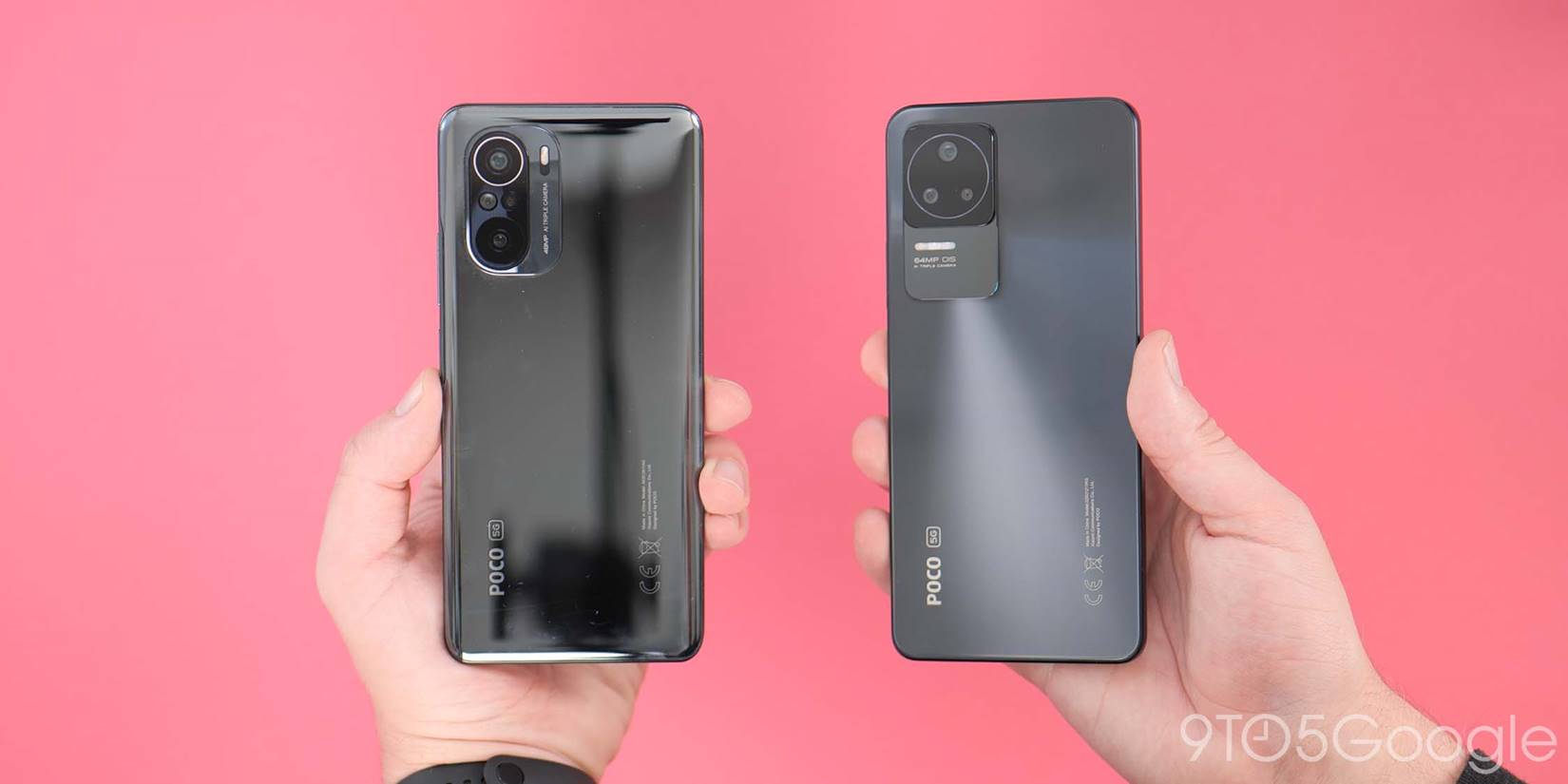
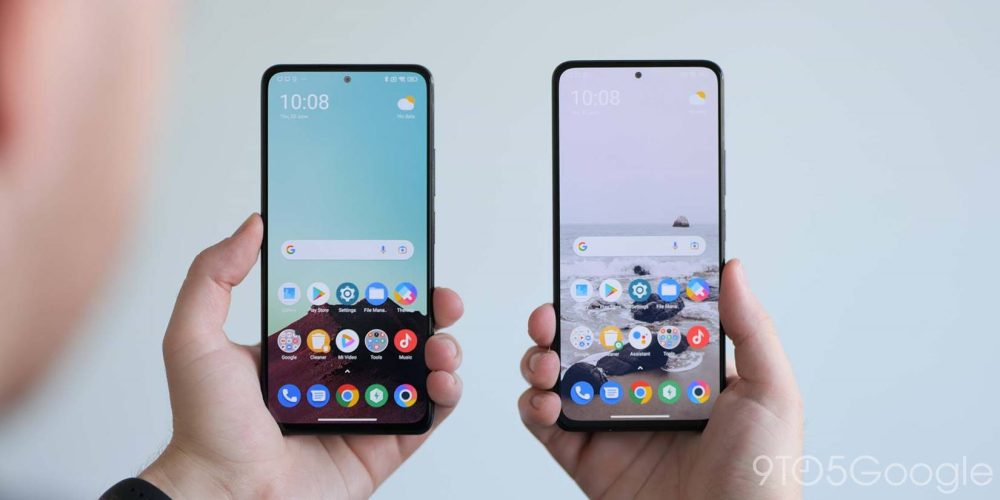
The Poco F4 certainly does not look and feel like a Pocophone in a traditional sense. It’s boxy, light, and, dare I say it, it feels “cheap” compared to the Poco F3. As expected ahead of release, the Poco F4 ditches the more ergonomic look and feel of the Poco F3 and is a carbon copy of the previously released Xiaomi Redmi K40S. In the hand, the F4 certainly feels marginally hollow compared to the dense and softly curved F3.
Looks and aesthetics aside, the two devices are practically identical across the board. The display is effectively the same, so too is the processor and battery capacity. Xiaomi has opted for a tried-and-tested approach rather than offering the latest Qualcomm Snapdragon 8 Gen 1 processor here. That is likely going to be the biggest disappointment for fans hoping to see a return to an out-and-out flagship-level Pocophone. For the latest and greatest chip, you might want to look at the Poco F4 GT.
| Poco F3 | Poco F4 | |
| Size | 6.67-inches | 6.67-inches |
| Display | FHD+ / AMOLED / 120Hz / 410ppi / 20:9 aspect ratio | FHD+ / AMOLED / 120Hz / 410ppi / 20:9 aspect ratio |
| Chipset | Qualcomm Snapdragon 870 | Qualcomm Snapdragon 870 |
| RAM | 6/8/12GB LPDDR5 RAM | 8/12GB LPDDR5 RAM |
| Storage | 128/256GB / UFS 3.1 | 128/256GB / UFS 3.1 |
| Battery | 4,500mAh | 4,500mAh |
| Biometrics | Power button capacitive fingerprint scanner | Power button capacitive fingerprint scanner |
| Colors | Arctic White / Night Black / Deep Ocean Blue / Moonlight Silver | Gray Shadow / Jade Fog |
The FHD+ AMOLED panel has a smooth 120Hz refresh rate, 900 nit max brightness, and 1,300 nit peak on both phones. It’s identical and every bit as impressive as it was thanks to a pin-size punch-hole in a central position along the upper borders of the Poco F3 and F4. Elsewhere though, the color options have been slashed from four to just two. If you value aesthetics, the Poco F3 is arguably the more visually appealing device here.
Software
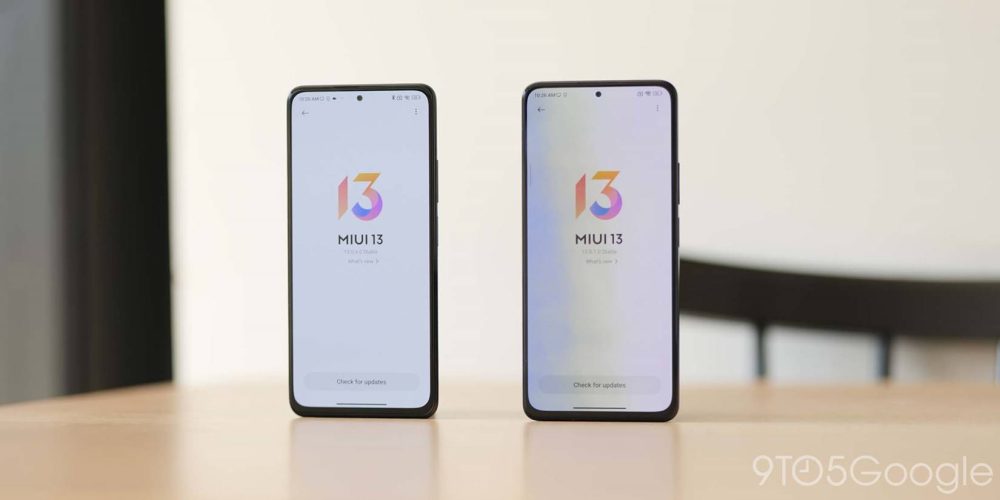
One of the problem areas for any Xiaomi phone in recent years has been in software update speed. A case in point is the Poco F3, which has only just received the Android 12 update. However, due to Xiaomi’s odd build numbering system, Android 12 is known as MIUI 13. This is a confusing naming convention, but you do have the latest widely available version of Android ready to download.
The Poco F4 launches with MIUI 13 atop Android 12, and this includes all of the new privacy controls and enhancements added with the stable release. Day to day, it’s hard to tell the two devices apart in terms of performance and the fact that you can run MIUI 13 across both handsets.
Xiaomi has packed its third-party skin full of functions and features including a neat Sidebar for quick app access, but the addition of virtual RAM expansion might help long-term performance levels across the board.
Because both devices utilize the Qualcomm Snapdragon 870 chipset, there is little that you can’t do on a modern Android smartphone. Gaming performance is great, as is the software fluidity given that MIUI is a substantial overhaul over AOSP.
| Poco F3 | Poco F4 | |
| Software | Shipped with Android 11 and MIUI 12.5 | Ships with Android 12 and MIUI 13 |
| Features | Sidebar Control Center Enhanced multi-tasking Virtual RAM expansion Optimized storage | Sidebar Control Center Enhanced multi-tasking Virtual RAM expansion Optimized storage |
You’ll get a maximum of two full Android OS updates on either handset and three years of security patches, but Xiaomi’s Angus Ng has said that the firm is “trying to strive for a three plus four” update schedule. It’s worth noting that is not a direct outward confirmation, but we’re hoping that updates are part of a wider agenda at Xiaomi moving forward.
The fact that one device is still running Android 11 immediately put the Poco F3 at a disadvantage, but that gulf could increase if Xiaomi continues to push updates at such a slow pace now that the Poco F4 has arrived. It’s hard to determine just how long Xiaomi will push updates for the duo, but the Poco F4 being the latest model, it would be hard to argue that it will be updated for a longer period.
Battery
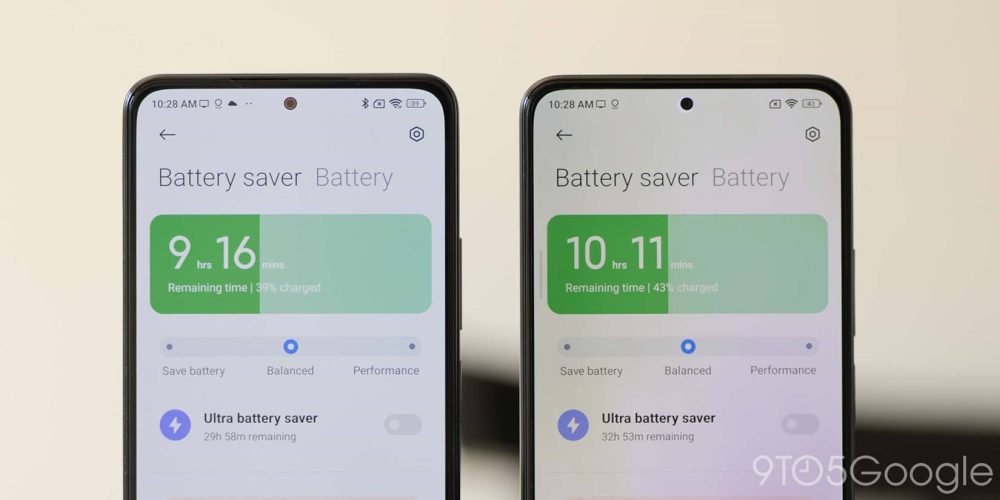
Looking at the tale of the tape in the battery stakes, the Poco F3 just edges the Poco F4. In reality, the 20mAh difference is negligible in real terms battery longevity. You can achieve a full day of lifespan with ease, but when it comes time to charge, there is a distinct advantage in favor of the newer handset.
| Poco F3 | Poco F4 | |
| Battery size | 4,520mAh | 4,500mAh |
| Charging speed | 33W wired | 67W wired |
Although you get a charger in the box for both devices, the Poco F4 has stepped up with 67W fast charging for the first time. This means 0 to 100% in under 40 minutes, which is about 30% faster than the Poco F3’s 33W charging. Sadly, there are no wireless or reverse wireless charging options on either model.
Cameras
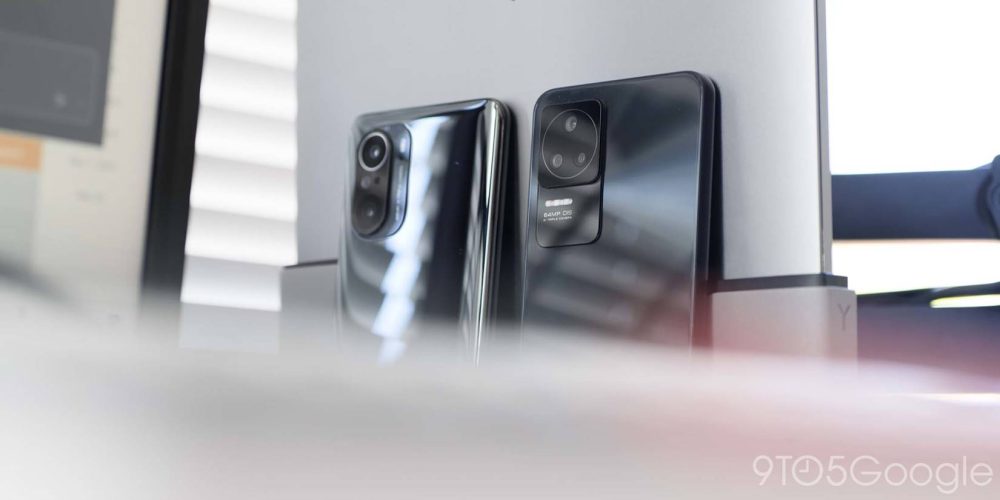
While the Pocophone series has never really been particularly camera-focused, the Poco F4 provides some important improvements in both optics and the options available. A bump to a 64-megapixel main sensor is a notable one, but the addition of optical image stabilization (OIS) means that images and video should be even better than before.
The ultra-wide and macro cameras remain identical but the selfie camera sensor has also been switch from a Samsung ISOCELL to a Sony IMX596 sensor. It’s tough to tell if there are major improvements, but both selfie cameras offered identical 20-megapixel maximum resolution images.
| Poco F3 | Poco F4 | |
| Main sensor | Sony IMX582 48MP f1.79 aperture | Sony IMX686 64MP f1.79 aperture |
| Secondary sensor | 8MP ultra-wide-angle f2.2 aperture 119˚ FOV | 8MP ultra-wide-angle f2.2 aperture 119˚ FOV |
| Tertiary sensor | 2MP macro f2.4 aperture | 2MP macro f2.4 aperture |
| Front-facing sensor | Samsung S5K3T2 ISOCELL 20MP f2.2 aperture | Sony IMX596 20MP f2.2 aperture |
| Camera hardware features | EIS PDAF | OIS EIS PDAF |
| Camera software features | Dual video VLOG mode Clone Movie effects Short video Night mode | Dual video VLOG mode Clone Movie effects Short video Night mode |
Because MIUI 13 is available on both handsets, the camera feature set is identical here too. You can utilize dual video modes, add filters using the VLOG mode, and even use a TikTok-inspired “Short video” mode that limits clips to 15 seconds. This is the perfect way to quickly grab videos and share them directly on social media platforms.
Poco F3 vs. Poco F4: Should you upgrade?
About upgrading: 9to5Google often gives specific product recommendations. Sometimes, we may suggest not upgrading, due to various reasons including, but not limited to: increased device cost, negligible performance gains, or environmental impact. Whether to upgrade is always your call, but our aim is to help you make as informed a decision as possible.
The differences are so negligible between the Poco F3 and Poco F4 that, in many ways, they are practically the same phone. You’ll need to decide if faster charging and a marginally better camera setup are enough for you to consider upgrading here.
Although the changes are minor, it doesn’t hugely diminish the Poco F4. It’s still a great device for those shopping on a budget. It does lack some of the punch that the Poco F3 had when it was released last year and showcases just how packed the budget Android smartphone space is at this stage of 2022.
FTC: We use income earning auto affiliate links. More.


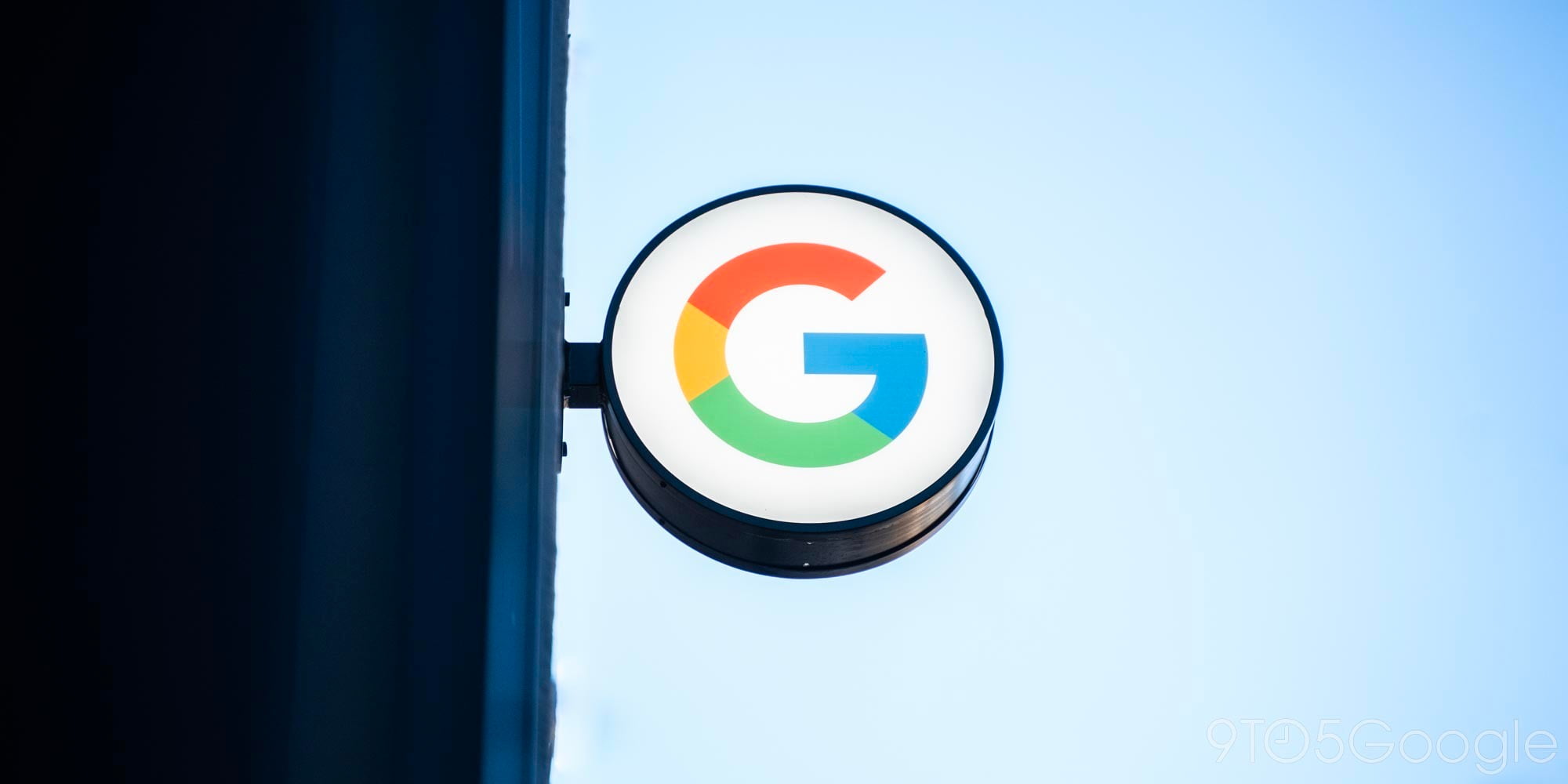

Comments